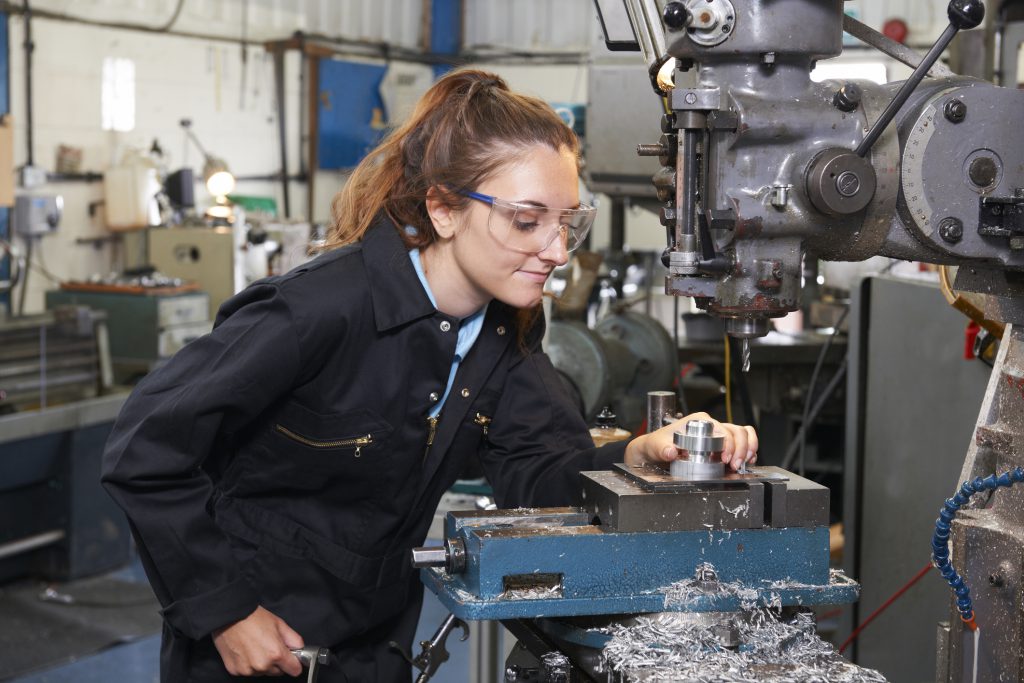
But it’s also clear more work needs to be done to recruit young people into the field.
Millennials are over — the next generation is about to enter the workforce, and new polling reveals they could be more likely than their immediate predecessors to enter manufacturing.
Leaning2Lead (L2L), a data and software analysis company, found that 27 percent of Generation Z said they are willing to work in manufacturing. That figure might at first seem low, but is higher than Millennials and every other generation polled, providing hope that Generation Z will be more likely to consider factory jobs.
And it makes sense when you look at another key piece of data from the survey: 75 percent of all people polled have never been influenced by a teacher or counselor to pursue manufacturing careers, including 54 percent of Generation Z.
Manufacturing needs workers. Given the upcoming retirement of the baby boomer generation, is going to need even more. Right now, there are 522,000 open manufacturing jobs, an all-time high for the United States, and a big opportunity for job growth and economic opportunity. But manufacturers are going to have to work hard to recruit (and train) the next generation.
“Instead of hoping new workers will appear, the industry needs to make changes that will attract the workforce,” said L2L CEO Keith Barr. “Gen Z is incredibly tech savvy.”
The question is: What sparked this interest, and how can it spread?
L2L’s polling found that Generation Z is twice as likely to have family who worked in manufacturing compared to the rest of the population (32 percent to 15 percent) as well as increased recommendations to pursue it compared to other generations, 19 percent to 13 percent.
But we can do better. As a fellow member of Generation Z who grew up during the Great Recession, I can report that many people of this era have the mindset of pursuing high-paying jobs, with student debt numbers the highest they have ever been. The push of manufacturing job opportunities is vital, because as the polling shows, not enough people of my generation are aware of the benefits it brings — and that these jobs are available for the taking.
Over half of the Americans surveyed assumed annual salary for a mid-level manufacturing manager to be under $60,000, for example. In reality, the average annual salary is actually around $118,500, almost double the assumed annual average pay.
There are additional promising signs that Generation Z sees the potential in manufacturing, as 43 percent agreed manufacturing jobs are “an attractive option to younger workers and the next generation of workers,” while 59 percent said trade schools “offer promising career opportunities.”
Social media is a key platform to continuing this increase in interest, as the data above clearly shows it will not be pushed in enough education programs. While Generation Z has shown interest in this career possibility, all it takes is one bad media report to sway someone into going a different direction.
Manufacturers, advocacy groups, policy makers and others are also going to have to work together to create and implement effective workforce training programs to attract and retain young people for careers in advance manufacturing. “The greatest opportunity for manufacturing is to have an engaged, empowered workforce that is constantly innovating,” Barr said.
If we can continue to highlight the benefits and help Generation Z obtain the skills they need, the Baby Boomers can retire peacefully, knowing there is a new batch of workers taking their place on the factory floor, armed with a passion to pursue American manufacturing careers.
